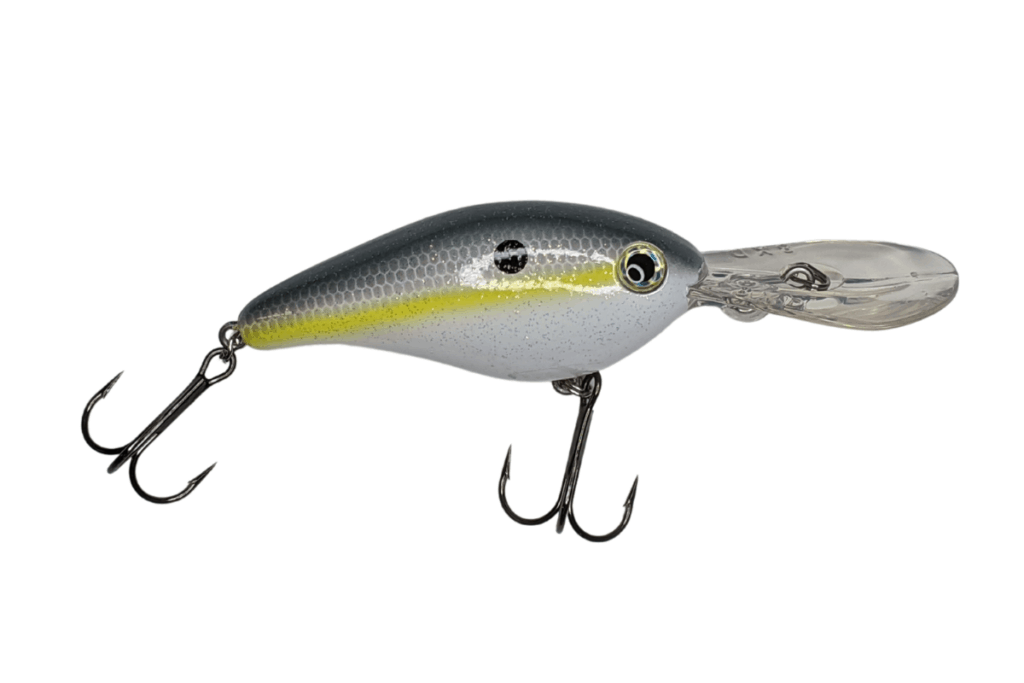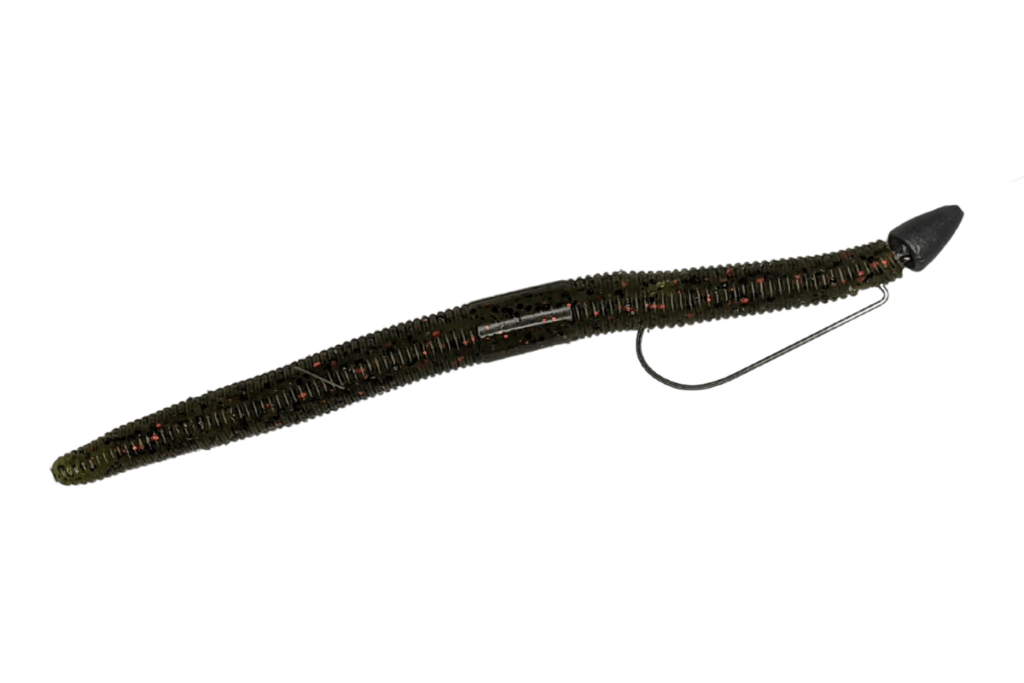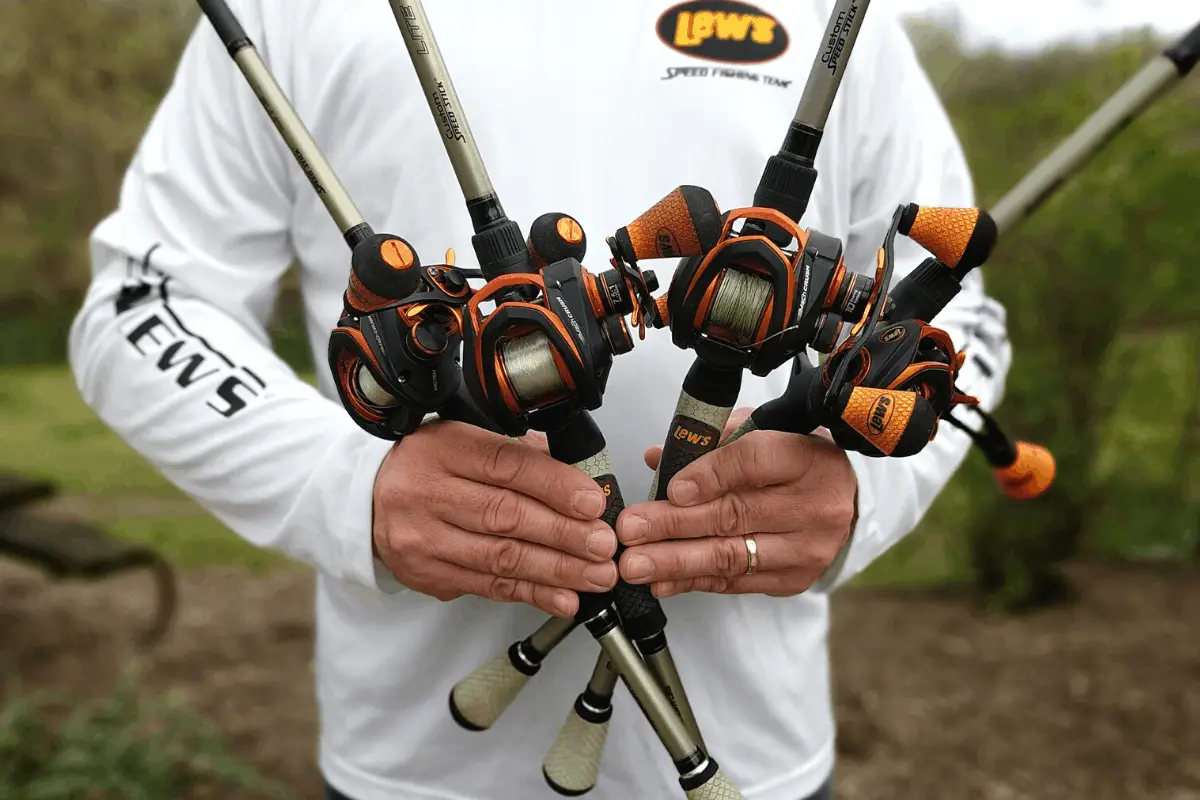Just like anything, fishing rods come in a huge range of prices. I am often asked, what makes those rods so pricey and are expensive rods worth it?
Expensive fishing rods are priced that way because of the manufacturing process. They use less material but still maintain good stiffness, or backbone, along with increased sensitivity. If you fish bottom bouncing baits, then yes, expensive rods are worth the extra money.
In this article, I will break down why these rods cost more, what fishing techniques you would benefit from using a pricier rod, and how I look at return on investment.
Why These Rods Cost More
Just about every product on the market has a range of pricepoints. Fishing rods are no different.
The major factor is the material used in the process of making rod blanks. The goal is to produce the lightest rod possible, yet still maintain backbone and strength. Higher quality rods provide a better tensile strength with less material.
Rods that climb up the price ladder fit these criteria. As a result, sensitivity is vastly improved as well as castability, durability, and decreased fatigue due to the lighter weight. The rod is your connection to the fishing line and what is happening with that lure on the other end. Rod sensitivity can help an angler determine what type of bottom composition the lure is coming through, if there is a small leaf hanging onto a hook, and of course, it can detect the most subtle bites.
More price-point, or entry level rods, are much heavier and less sensitive because of this added weight. There is a lot more material used to maintain the needed strength therefore the tiniest of vibrations do not make it to the angler’s hand as efficiently.
Fishing Style Determines Need
Before you ask yourself, do I need an expensive rod, take your fishing style into consideration. Each angler has a particular presentation that they are most comfortable with.

Horizontal Presentations
Do you fish mainly lures that are presented in a horizontal manner? For example, do you throw a lot of crankbaits? Spinnerbaits? Bladed Jigs? If so, then you have many more options on the rod market in regards to price.
Traditional horizontal presentations tend to do best with rods that are a medium power rating, or more parabolic in nature. The backbone of the rod doesn’t kick in until much farther down the rod blank.
Crankbait anglers prefer a rod with more give, or flex, because it allows them to maintain pressure on the fish without immediately ripping those trebles away from the mouth of the bass. Treble hooks do not penetrate like a single hook. They “grab” the lip of the fish as opposed to always penetrate it. Therefore, a rod with more parabolic action is better suited for this style of lure.
If you find yourself fishing in this way most of the time, then you will be able to purchase a rod that is not nearly as expensive and still have excellent performance. Horizontal presentations detect bites that feel like “added weight” as opposed to the traditional “thump” that other presentations elicit.
Vertical or Bottom Bouncing Presentations
If you find yourself dragging lures along the bottom a lot, or flipping and pitching into cover, then you will want to definitely consider purchasing a rod that is higher in price to take advantage of the lesser amount of material.
These types of vertical presentations rely on the angler’s ability to feel what is going on at the end of the line. The bites on these types of lures are traditionally subtle and often times almost imperceptible.
Bass inhale the lure. When the bait hits the inside of their mouth we feel a thump. Without a rod with good sensitivity there is a very good chance you will never even feel these bites and therefore not know you just missed a fish.
Higher priced rods with less material and added backbone are perfect for these types of situations. I have fished side-by-side with anglers that are not catching a thing. I let them use my rod and almost magically, they start feeling what is going on and catch fish.
They often say, “I had no idea I was getting that many bites.”
It does make a noticeable difference immediately.
Increased Accuracy
The second benefit to using a rod that is further up the price ladder is the increased accuracy you will notice in your lure placement.
How is this possible?
A rod with good backbone and a soft tip, or fast action, can place lures right where the angler wants them to go. A rod with too much “whip” to it does not allow for the angler to control the tip of the pole with precision. The result is lure placement that may be errant or not exactly where the angler desires the bait to land.
Increased accuracy, when using presentations like flipping or pitching, directly correlates with more strikes.
Return on Investment?
This is the next question that I ask folks who are pondering how much to spend on a rod.
How many days a year do you fish?
If you only spend a few days on the water every season, it may not make sense to buy an expensive rod. If you have the disposable income that is a different story, but for most anglers, it isn’t worth buying a $200 rod for five days of fishing.
If you are fortunate enough to spend a lot of days on the water, it makes much more financial sense to purchase a higher quality rod that you will get good use from for a long time. This is a much better return on your initial investment.
Think about it like this, would a full-time mechanic buy entry level tools or are they going to purchase more expensive tools that will serve them for a long time?

What is your Favorite Lure?
This is the last question that I ask anglers looking to purchase a new rod. If tossing a crankbait is what you find yourself doing 99% of the time, you may not want to drop several Ben Franklins on a jig rod.
If jig fishing is your mainstay, then making that type of purchase may be well worth your hard-earned cash.
The wider the range of techniques and presentations you use, the more specific rods you will need to best fit those styles.
Really ask yourself, what is it I do most of the time? I consider myself a versatile angler. I do a lot of different things, but odds are, the first lure I am going to pickup is a jig. It makes sense that I purchase a high quality rod to match that presentation. In fact, I have more expensive jig rods than anything else. I feel that the return on my investment is good since this is what I do most of the time.
If I Could Only Buy One
Usually after I have this conversation with an angler, they follow up by asking me what would be the most versatile rod if they could only purchase one. This is a great question.
If you spend the majority of your time doing one thing, I would buy the rod that is tailored for that particular lure and presentation.
If you are looking for a rod that can cross that horizontal and vertical presentation threshold, I would look for something in the Medium Heavy power rating that is a little higher on the price scale.
A quality MH rod can suffice for horizontal presentations, but the better sensitivity will be a must for fishing on the bottom. If you could only buy one, that is what I would do. I would also look for a rod that has a fast taper, or action, as opposed to an extra fast. It is hard to not pull a crankbait away from bass with an XF tip.
Final Thoughts
If you are happy with your purchase that is what really matters. Yes, higher end rods will outperform rods that are more price-point. Higher quality materials, less weight, and increased sensitivity directly correlate to more detected bites and therefore more fish.
Really think about your fishing style and what you do most of the time. If you find yourself using horizontal presentations the majority of the time with a moderate power rated rod, then you have many, many, options in regards to price.
If you need that top-end sensitivity because you fish on the bottom a lot or pitch lures into heavy cover, then you will surely benefit from a more expensive rod.
Build up your rod collection over time, take care of them, and you will enjoy many outings on the water.
Tight lines, be safe, and good luck! And don’t forget to encourage someone today – you never know how you may change their life forever!

